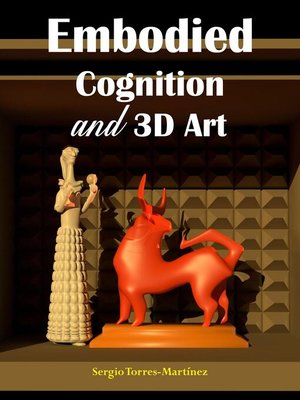
Sign up to save your library
With an OverDrive account, you can save your favorite libraries for at-a-glance information about availability. Find out more about OverDrive accounts.
Find this title in Libby, the library reading app by OverDrive.



Search for a digital library with this title
Title found at these libraries:
| Loading... |
This book offers a prospectus of what might be achievable in the development of a theory of embodiment in 3D art. This theory, departs from the assumption that our grasp of reality is direct. In other words, concepts possess traces of sensuous experiences that are not attributable to computations in the brain only. In the context of semiotics, this means that signification is not the result of the association of signs to references in the world, but a continuous flux of signal-sign hybridizations (semiosis). This is possible because living organisms are predictive systems in continuous adaptation to their eco-niche as a means to reduce states of increasing uncertainty (entropy). Active Inference (AIF), a computational theory for the comprehension of intelligent agency is used in this book as a principle for the exploration of embodied cognition in art, particularly the various ways this is mobilized in the construction of 3D work. The version of AIF presented in this book defends the idea that bodily-acquired information shapes our grasp of reality. Hence, it is argued that the construction of signification in art reflects an embodied connection between perception, memory and consciousness (extended mind) as a means to reconstruct reality.






